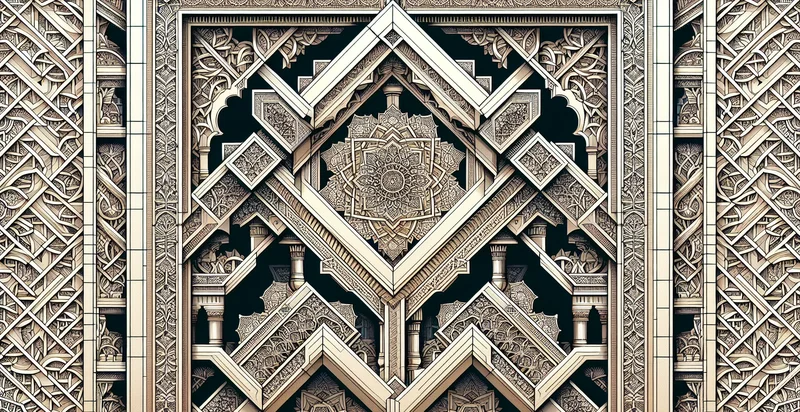Identify architectural styles
using AI
Below is a free classifier to identify architectural styles. Just upload your image, and our AI will predict what architectural style it is - in just seconds.

Contact us for API access
Or, use Nyckel to build highly-accurate custom classifiers in just minutes. No PhD required.
Get started
import nyckel
credentials = nyckel.Credentials("YOUR_CLIENT_ID", "YOUR_CLIENT_SECRET")
nyckel.invoke("architectural-styles", "your_image_url", credentials)
fetch('https://www.nyckel.com/v1/functions/architectural-styles/invoke', {
method: 'POST',
headers: {
'Authorization': 'Bearer ' + 'YOUR_BEARER_TOKEN',
'Content-Type': 'application/json',
},
body: JSON.stringify(
{"data": "your_image_url"}
)
})
.then(response => response.json())
.then(data => console.log(data));
curl -X POST \
-H "Content-Type: application/json" \
-H "Authorization: Bearer YOUR_BEARER_TOKEN" \
-d '{"data": "your_image_url"}' \
https://www.nyckel.com/v1/functions/architectural-styles/invoke
How this classifier works
To start, upload your image. Our AI tool will then predict what architectural style it is.
This pretrained image model uses a Nyckel-created dataset and has 44 labels, including Art Deco, Art Nouveau, Artisanal, Baroque, Bauhaus, Beaux-Arts, Brutalist, Cape Dutch, Civic and Classical.
We'll also show a confidence score (the higher the number, the more confident the AI model is around what architectural style it is).
Whether you're just curious or building architectural styles detection into your application, we hope our classifier proves helpful.
Related Classifiers
Need to identify architectural styles at scale?
Get API or Zapier access to this classifier for free. It's perfect for:
- Real Estate Appraisal: The architectural style identifier can assist real estate appraisers in accurately categorizing properties based on their style. This information is crucial for determining property values and understanding market trends in specific neighborhoods.
- Historical Preservation: Heritage organizations can use the function to identify and catalog buildings of historical significance by their architectural styles. This aids in conservation efforts and helps secure funding for restoration projects.
- Urban Planning: Urban planners can leverage the architectural style identifier to assess and manage the architectural diversity in city developments. This tool supports informed decisions on zoning regulations and community aesthetics.
- Interior Design Consultancy: Interior designers can utilize the classification function to suggest appropriate design elements that complement the architectural style of a space. This ensures cohesive and aesthetically pleasing design choices that resonate with the property’s character.
- Real Estate Marketing: Real estate agencies can incorporate this function into their marketing strategies to enhance property listings by highlighting unique architectural features. This differentiation can attract targeted buyers who appreciate specific styles.
- Educational Tools: Architecture and design schools can employ the identifier in their curriculum to teach students about different architectural styles. This practical application solidifies learning by connecting theory to real-world examples.
- Home Renovation Guidance: Home renovation firms can use the architectural style identifier to advise clients on appropriate renovations that respect the original style of their homes. This approach fosters authenticity in renovations and can significantly increase property value.


